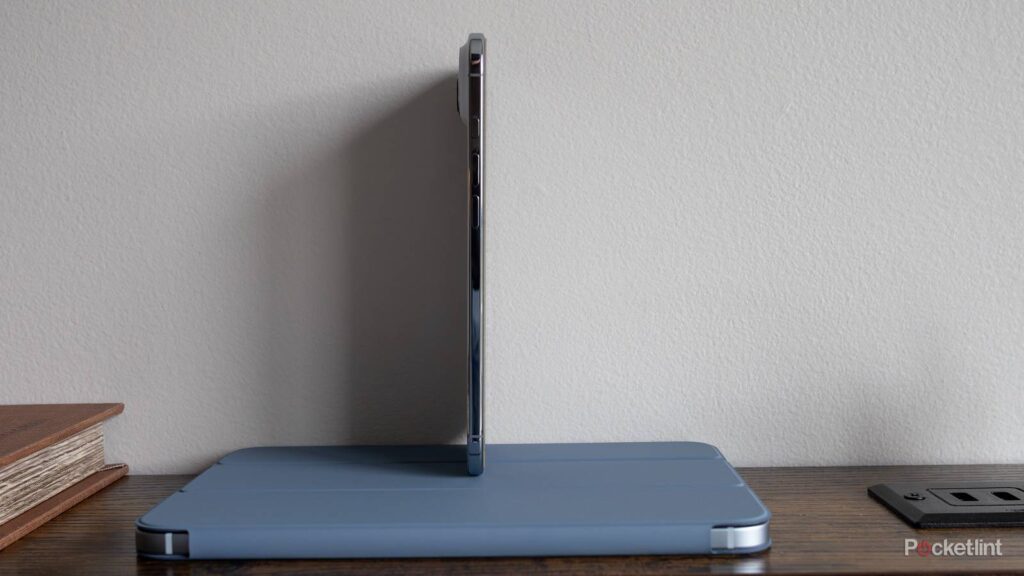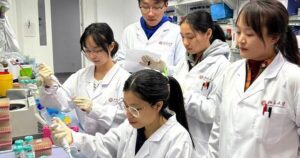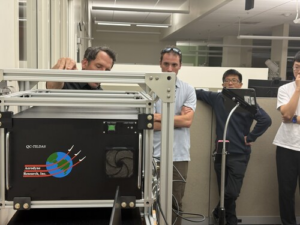
The iPhone Air, one of Apple’s most debated products in recent years, has sparked considerable discussion among tech enthusiasts and consumers alike. Unlike the groundbreaking Apple Watch of 2015, the iPhone Air does not introduce a new category for Apple, nor does it suffer from a major design flaw like the infamous “Antennagate” of the iPhone 4 era. Instead, the controversy stems from its pricing, which surpasses that of the iPhone 17, despite making significant sacrifices to achieve its ultra-thin and lightweight design. This relentless pursuit of thinness, reminiscent of the late Steve Jobs and Jony Ive’s vision, has left some consumers questioning its value.
As anticipation builds for the iPhone Air 2, expected to launch in September 2026 alongside the iPhone 18 series, there are several upgrades that could make or break its success. While the iPhone Air has paved the way for innovations like the iPhone Fold, its future is uncertain, especially given the absence of Plus or Mini models in Apple’s lineup. Much depends on the Air’s Q4 sales performance.
A Silicon-Carbon Battery: The Key to True All-Day Use
When Apple unveiled the iPhone Air on September 9, it emphasized the phone’s “all-day” battery life, claiming 27 hours of video playback. However, this figure drops to 22 hours for streamed video, and demanding tasks like gaming or navigation can drain the battery even faster. Early reviews have highlighted the need for midday charging or reliance on Apple’s MagSafe Battery Pack, which detracts from the device’s portability.
One potential solution is the adoption of silicon-carbon (Si-C) batteries, which offer greater energy density while maintaining the familiar lithium-ion format. This technology, already used in products like the OnePlus 13, could allow the iPhone Air to match or exceed the iPhone 17’s battery life. Apple’s decision to stick with conventional batteries may be driven by profit margins, but improving battery life is crucial for the Air 2’s appeal.
An Ultra-Wide Camera: Expanding Photographic Possibilities
Apple’s quest for thinness in the iPhone Air led to a unique design choice: packing the phone’s internals into the camera bump, leaving limited space for additional cameras. The result is a single wide-angle lens, which can be restrictive for users who rely on their phones for photography. This limitation hinders the ability to capture group shots, landscapes, and macro images, a significant drawback in an era where smartphone cameras are essential tools.
To remain competitive, Apple must consider adding an ultra-wide camera to the Air 2. This addition would not only enhance versatility but also enable macro photography, a feature increasingly expected by consumers. While a telephoto lens would be ideal, Apple’s history of reserving such features for its Pro models suggests an ultra-wide lens is a more feasible upgrade.
Improved Cooling Technology: Enhancing Performance and Comfort
The iPhone Air’s compact design, housing the powerful A19 Pro chip, can lead to noticeable heat during intensive use. While this doesn’t cause shutdowns, the warmth can be uncomfortable and may limit sustained performance. The challenge lies in managing heat within the device’s slim profile, a task complicated by Apple’s aversion to increasing thickness.
Potential solutions include advanced materials or enhanced airflow, though implementing a vapor chamber like that in the iPhone 17 Pro may be difficult. Effective cooling would not only improve user comfort but also allow the Air 2 to maintain peak performance for longer periods, a critical factor for power users.
More Fashionable Color Options: Capturing Consumer Attention
For many, the iPhone Air’s appeal lies in its sleek design, making it as much a fashion accessory as a technological tool. However, its current color palette—limited to black, white, gold, and sky blue—lacks the vibrancy seen in other models like the iPhone 17 Pro. To attract style-conscious consumers, Apple should introduce bolder, more striking colors.
Offering options like burnt orange or sunflower yellow could make the Air 2 more enticing, even if other specifications remain unchanged. In a market where aesthetics can drive purchasing decisions, capturing consumer interest with eye-catching colors is a strategic advantage.
As Apple prepares for the iPhone Air 2’s release, these potential upgrades could determine its success in a competitive landscape. By addressing battery life, camera capabilities, cooling technology, and color options, Apple can enhance the Air 2’s appeal and secure its place in the market.







